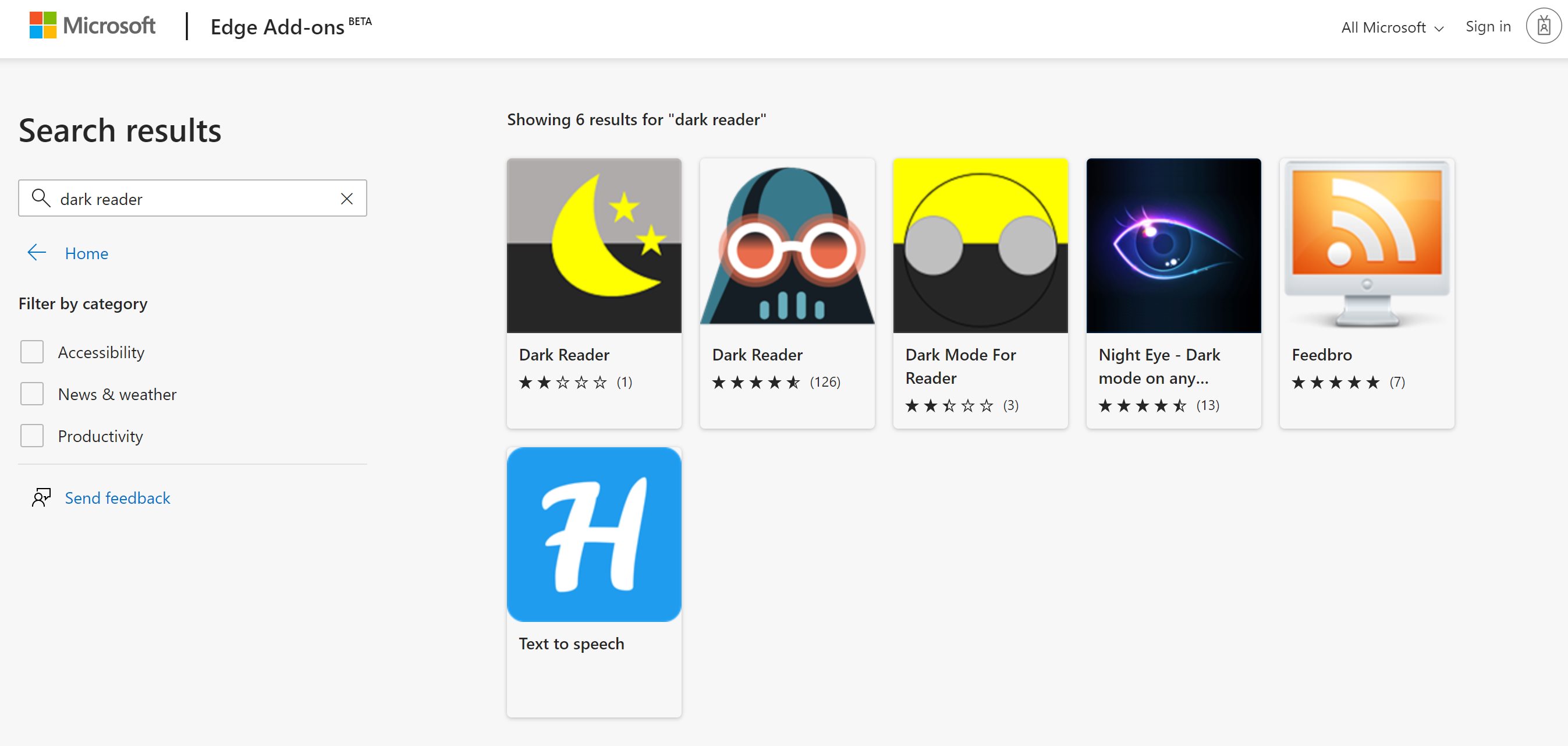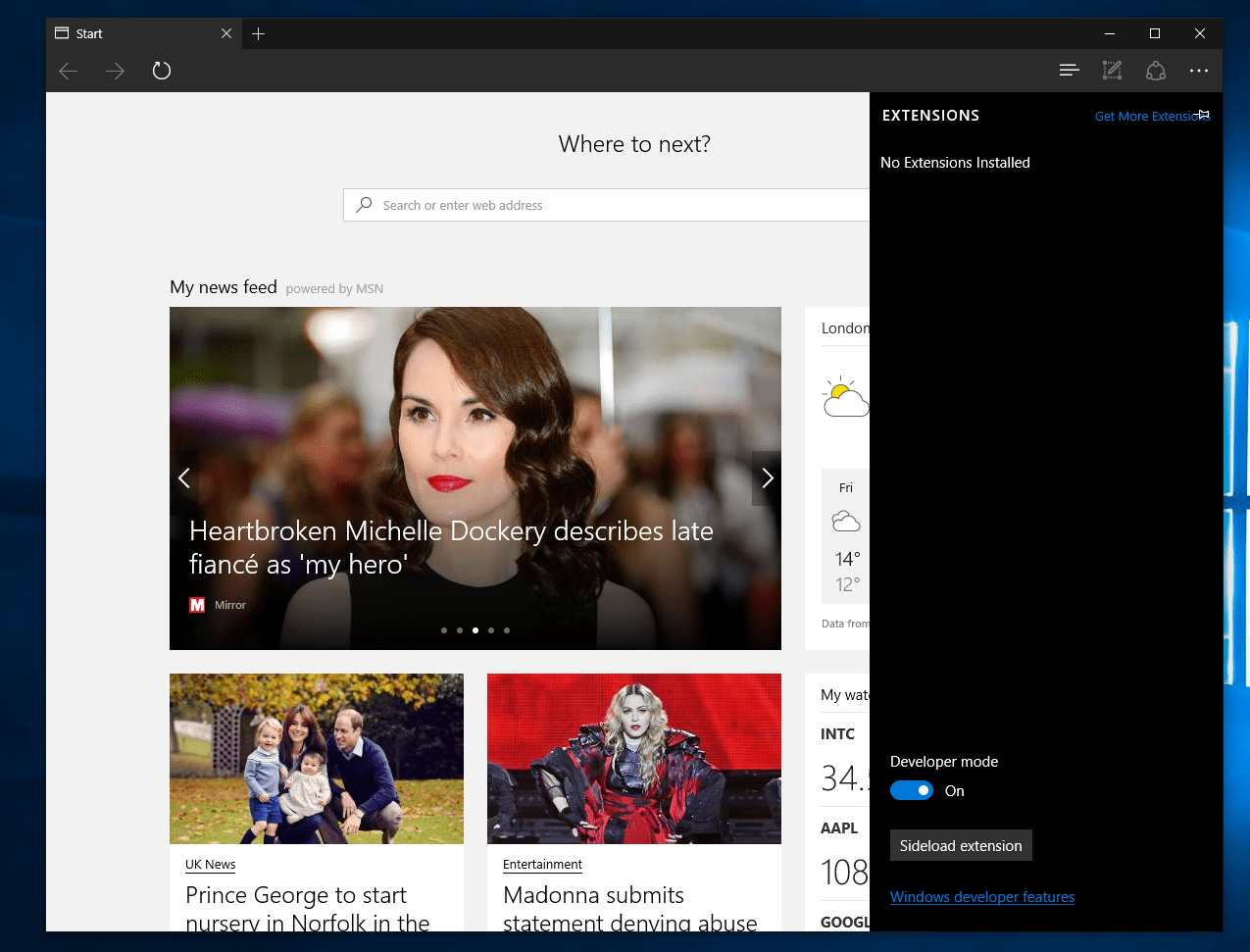


On iOS, the storage area is the iOS Keychain The profile's encryption key is protected using Chromium's OSCrypt and uses the following platform-specific OS storage locations: The way to decrypt another user's passwords is if that user were logged on and the attacker had the user's password or has compromised the domain controller. Even if an attacker has admin rights or offline access and can get to the locally stored data, the system is designed to prevent the attacker from getting the plaintext passwords of a user who isn't logged in. The Microsoft Edge password manager encrypts passwords so they can only be accessed when a user is logged on to the operating system. Although not all of the browser's data is encrypted, sensitive data such as passwords, credit card numbers, and cookies are encrypted when they are saved. This technique is called local data encryption.


They're encrypted using AES and the encryption key is saved in an operating system (OS) storage area. Microsoft Edge stores passwords encrypted on disk. How are passwords stored in Microsoft Edge and how safe is this approach? This extension can create rich notifications and display them to you in the system tray.This article applies to Microsoft Edge version 77 or later.This extension can exchange messages with programs other than Opera.This extension can access your data on all websites.You will get the instruction on how to install this native client when extension tries to communicate for the first time. For the extension to be able to communicate with FDM, a small native client is required. For the extension to work you need to have Free Download Manager (FDM) installed Ģ. This observer monitors new downloads and sends requests to FDM and cancels the built-in download.ġ. Once the extension is enabled from the toolbar button (when the icon is colorful), then an observer is installed. In this mode, downloads are handled by the internal download manager. This extension offers integration with Free Download Manager (FDM).


 0 kommentar(er)
0 kommentar(er)
